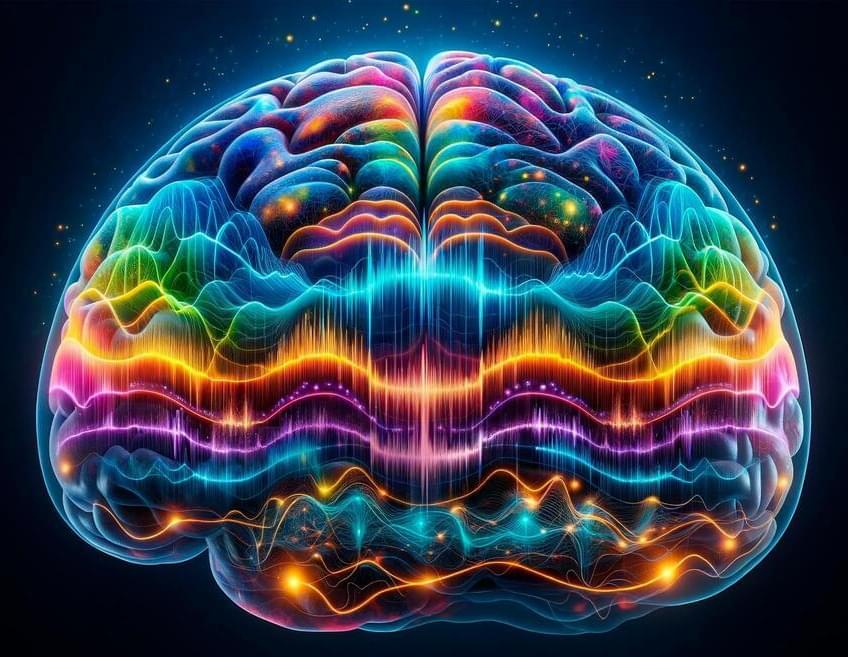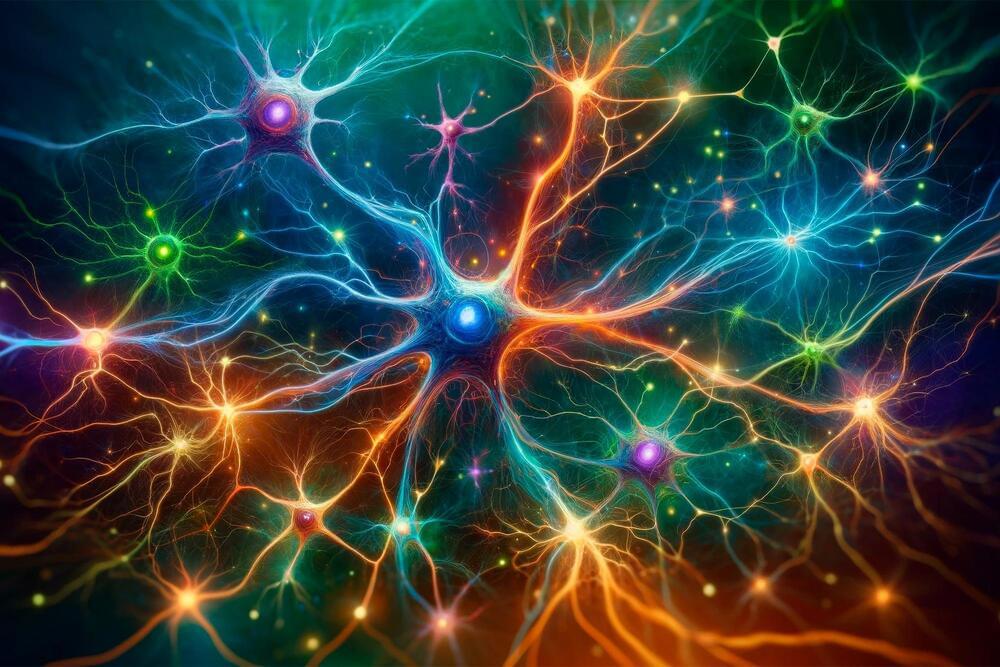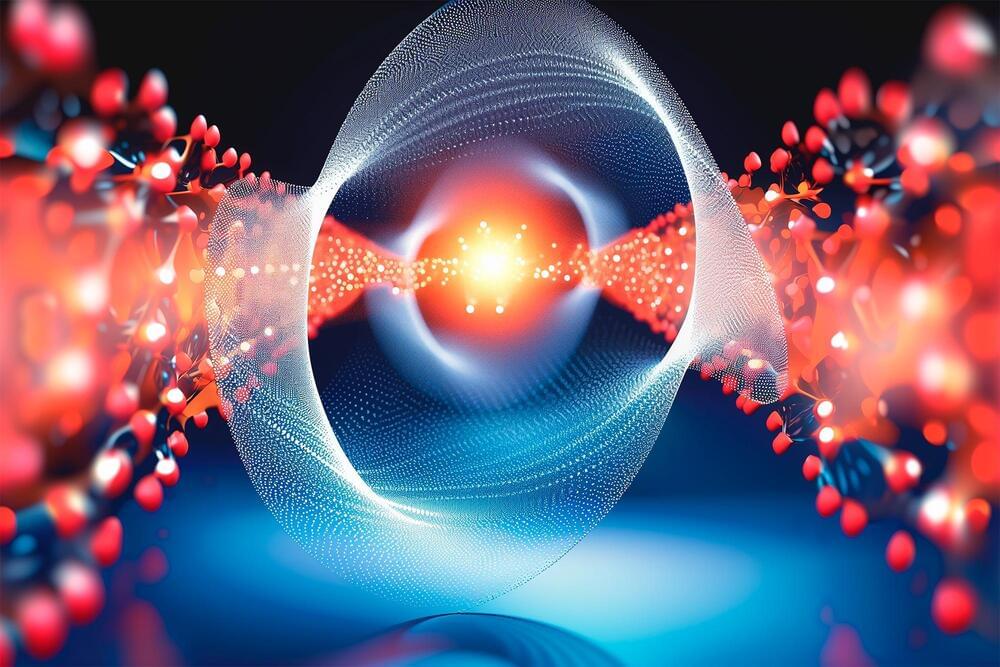Across mammalian species, brain waves are slower in deep cortical layers, while superficial layers generate faster rhythms.
Throughout the brain’s cortex, neurons are arranged in six distinctive layers, which can be readily seen with a microscope. A team of MIT neuroscientists has now found that these layers also show distinct patterns of electrical activity, which are consistent over many brain regions and across several animal species, including humans.
The researchers found that in the topmost layers, neuron activity is dominated by rapid oscillations known as gamma waves. In the deeper layers, slower oscillations called alpha and beta waves predominate. The universality of these patterns suggests that these oscillations are likely playing an important role across the brain, the researchers say.









